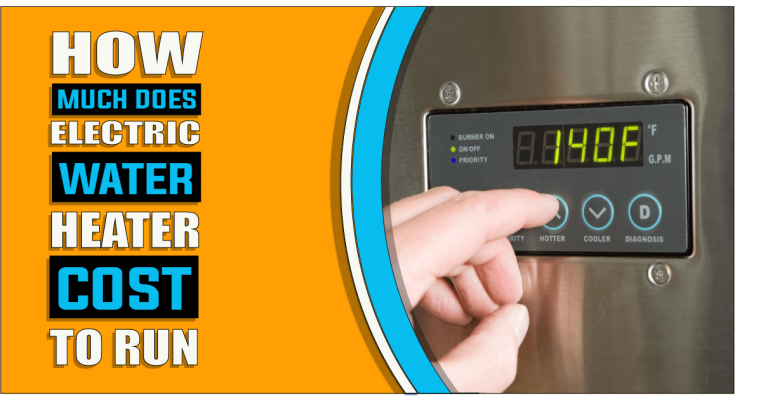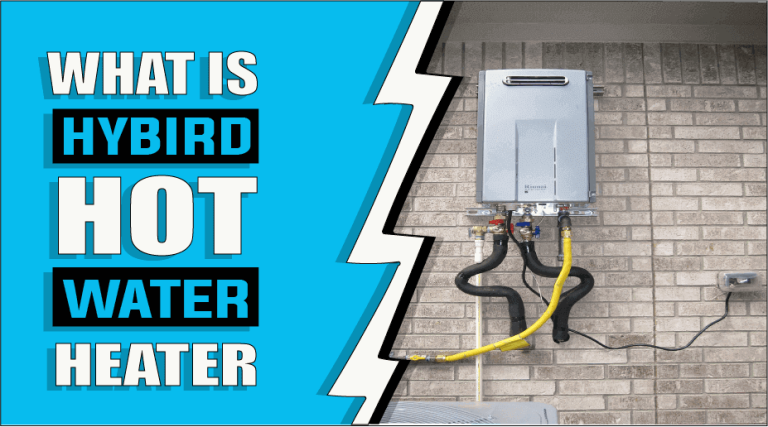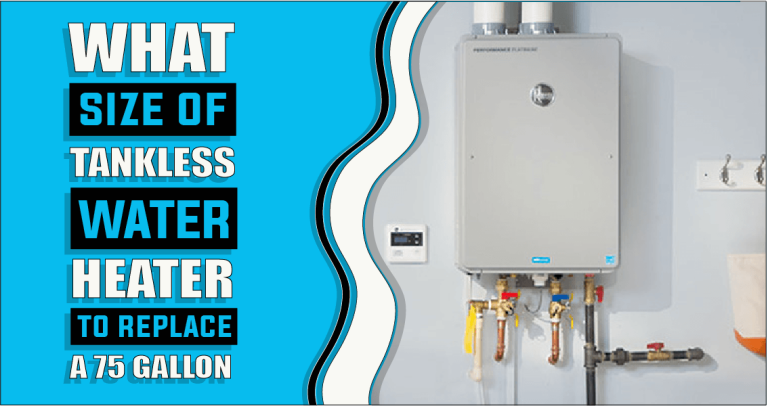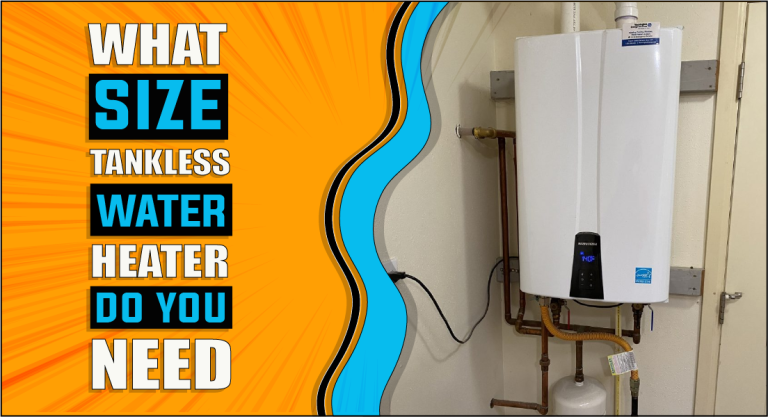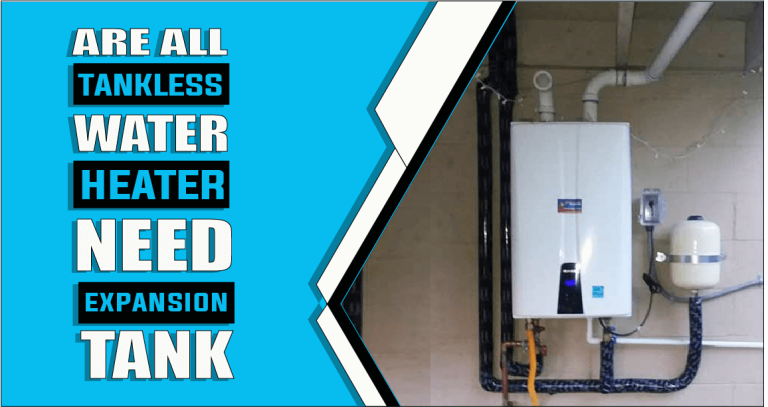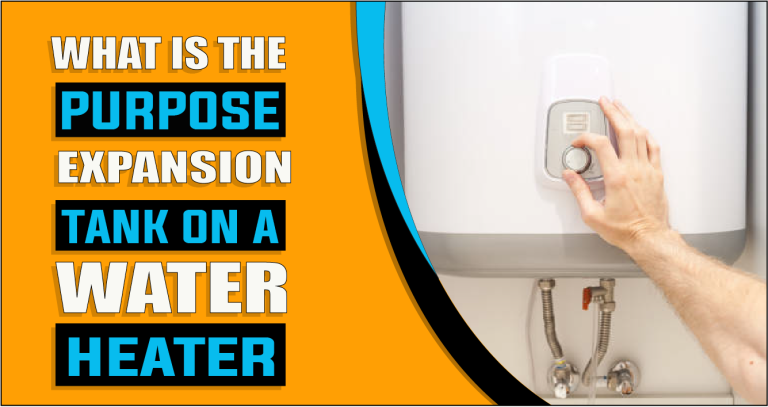How To Get Hot Water Faster From Tankless Water Heater – The Truth Reveals
Do you ever feel like it takes too long to get hot water from your tankless water heater? Tired of waiting for the hot water to flow after taking a few seconds’ breaks from your shower? We’ve all been there! It can be seriously frustrating when the water isn’t getting hot quickly enough. But, we have good news! Today, we’ll be sharing some simple tips and tricks on how to enjoy hot water faster and maximize your tankless heating experience. So you won’t have to worry about waiting around for warm showers or clean dishes any longer. In this post, we’ll be going over all the secrets of how to get hot water faster from a tankless water heater. Read on to learn all the ways you can improve your tankless heater efficiency, save time, and foster a more enjoyable home life!

Let’s talk about how to get hot water faster from a tankless water heater
A tankless water heater can be an efficient way to get hot water quickly when you need it. The process starts with turning on the device and waiting for the flow sensor to detect that water is flowing through the system. Once it’s detected, cold water passes through a heat exchange chamber where it is heated rapidly, then sent out of the unit as hot water.
To get hot water faster from a tankless water heater, you can install multiple units in parallel, using one or more controllers to regulate each unit separately allowing for more precise temperature control. If you install multiple units in series, they will work together to increase the temperature quickly and efficiently.
Additionally, you may also want to consider installing a recirculation pump that keeps hot water moving through your pipes so that there’s always hot water available when you turn on a tap. Finally, by properly insulating hot-water lines and choosing units with higher energy efficiency ratings, you can further reduce delivery times and save energy costs over time.
How Does a Tankless Water Heater Work?
A tankless water heater works by using a heat exchanger to heat incoming cold water as it passes through. The heat exchanger is a device that uses either gas or electricity to transfer the heat from the burning fuel source to the water, which heats it. As the water passes through, it is heated and delivered right away.
Unlike traditional tank-style water heaters, tankless models do not constantly heat and store gallons of water. Instead, they only turn on when hot water is being used, making them much more energy efficient because they are not wasting energy while idle. Tankless water heaters also don’t run out of hot water because they’re constantly heating new incoming cold water as needed.
Additionally, tankless systems are designed with advanced technology that allows for precise temperature control and provides better temperature stability over time than traditional tank-style systems. This design also helps eliminate fluctuations in hot and cold temperatures during bathing or other activities that require several outlets drawing at once. In addition to providing more consistent temperatures, these models can save up to 40 percent in energy costs compared to traditional units thanks to their modulating gas valves which adjust the amount of gas burned depending on current demands for hot water. Furthermore, these units require minimal maintenance and are typically backed by long-term warranties that guarantee reliable operation over time!
Causes of Delay in Hot Water Delivery
When you’re in desperate need of a hot shower, there’s nothing worse than realizing that the tankless water heater has caused a delay! Let us explore some potential reasons why your warm bath may have been momentarily postponed. The most common causes of delay in hot water delivery are:
1: Size of the Unit
Tankless units must be properly sized according to the needs of their households; an undersized unit will not be able to keep up with the high demand for hot water, leading to delays.
2: Improper Installation
Similarly, installations that don’t utilize recirculation pumps or include proper insulation can lead to longer wait times as well. Inadequate ventilation, incorrect sizing or positioning, and poor connections between components can all lead to inconsistencies with hot water delivery which in turn can cause delays. Any tankless water heater installation must be done correctly by a qualified professional.
3: Insuffient Insulation
Insufficient insulation on any pipework supplying hot water can lead to heat loss through conduction and radiation, resulting in cooler temperatures when the water reaches its final destination. This means that more time is required for that same amount of hot water to reach its desired endpoint, leading to delays.
4: Insufficient flow rate
If the flow rate of a tankless water heater is not sufficient for your household’s needs it will have difficulty maintaining an adequate temperature throughout use, particularly if multiple outlets are being operated simultaneously. Low flow rates also limit the speed at which hot water can be delivered, leading to delays.
5: Over Time Sediment Buildup
Sediment buildup over time in the heat exchanger can also reduce efficiency and create longer waits as it requires more energy to pass through. To prevent this issue, you should flush your system regularly and replace any damaged parts when necessary.
6: Low water pressure
Low pressure in either cold or incoming main supply lines can also have a big effect on how quickly heated hot water arrives at its destination point. If there isn’t enough pressure then it takes longer for it to make its way through connected pipes and arrive as intended.
How to Get Hot Water Faster from Tankless Water Heater
If you’re tired of waiting for hot water, then this is your guide to achieving a quicker flow from the tankless water heater. With our tips and tricks, gone are the days of standing around cold! Experience warmth in no time with these easy-to-follow steps.
1: Opt Point of Use Tankless Water Heater
One of the most efficient ways to get hot water faster from a tankless water heater is to install a point-of-use (POU) tankless water heater. These units don’t require hot water to travel through long pipes, making them perfect for people who want instant hot water.
These systems are designed to provide instantaneous hot water at the fixture or appliance where it is needed, and they do not rely on a storage tank like traditional water heaters. This eliminates the need to wait for stored hot water to be replenished, which can take time if the demand is high.
Additionally, POU tankless water heaters are smaller in size compared to storage tank models and they require less energy overall.
2: Install A Hot Water Recirculating Pump
Another way to get hot water faster from a tankless system is to install a hot water recirculating pump. A recirculating pump works by maintaining a continuous flow of heated water as it cycles through the pipes in your home or building. This eliminates any wait time for hot water, as it will already be ready when you turn on the faucet or showerhead.
Recirculating pumps also use much less energy than other methods of providing instant hot water, such as an inline electric heater or solar heater.
3: Do Pipe Insulation
One of the simplest and most effective ways to ensure quick and efficient hot water delivery is to install pipe insulation. Pipe insulation helps reduce heat loss from hot water pipes, which can help speed up the hot water delivery process.
For instance, if you have copper pipes running through an uninsulated wall or attic space, this can lead to significant heat loss and increase the amount of time it takes for your tankless system to deliver hot water throughout your home.
By installing insulation along these pipes and in other areas where hot water may be lost due to temperature fluctuations, you can significantly reduce wait times for your hot water and get it faster than ever before.
4: Invest in Regular Maintenance Services
Regular maintenance services are also critical for getting the most out of a tankless system. To keep all components in top condition, it is important to have regular professional maintenance performed on your equipment. This will help identify any potential issues with the system before they become major problems and cause lengthy delays in receiving hot water from your tankless unit.
Additionally, routine maintenance also ensures that all of the necessary changes are made when needed so that you receive optimal performance out of your unit over its lifetime.
5: Replace a Tired System With New Tankless Unit
Finally, if all else fails or if you simply need a more reliable solution for quickly getting hot water on demand, you may want to consider replacing your existing tankless unit with a new one. Today’s modern tankless units feature advanced technology designed specifically for providing near-instantaneous access to hot water while also conserving energy resources at the same time.
Newer models are often far more energy-efficient than their older counterparts as well as being able to provide higher flow rates than ever before, both of which can make it easier to get access to fast-flowing hot water when you need it most.
Advantages of Getting Hot Water Faster from a Tankless Water Heater
Enjoy endless hot water on demand with a tankless water heater! No more waiting for the shower to get warm, no pauses while doing dishes; now you can have all-around convenience and cost savings.
1: Energy Efficiency:
Tankless water heaters are much more energy-efficient than tanked water heaters in that they only heat the water as it is needed, rather than constantly keeping a large supply hot and ready. As a result, tankless systems use around 20-30% less energy and save on monthly utility bills in the long run.
2: Longer Lifespan:
Tankless systems last up to twice as long when compared with tanked water heaters, due to their lack of standby heat loss which degrades tanks over time. Also, since they don’t need storage tanks, no corrosion or sediment buildup can cause costly repairs or replacements for tanked systems.
3: Consistent Hot Water Supply:
A typical tanked heater can store 40 to 50 gallons of hot water at once but runs out quickly if multiple people take showers back-to-back or during other peak usage times. On the other hand, because of its ability to continuously and instantly provide hot water, a tankless system can meet all household needs without having to plan for large amounts of hot water consumption.
4: Space Savings:
Since tankless systems do not require a large storage tank as the traditional ones do, they are small and compact. Some models are just 1 foot wide by 2 feet tall, allowing them to fit even in small spaces while providing ample hot water supply even during peak times.
5: Environmentally Friendly:
As previously mentioned, because they only generate heat when required instead of constantly heating stored water, they significantly reduce energy consumption which reduces carbon emissions overall. This makes them an environmentally friendly option when it comes to home heating needs as well as reducing your utility bills and protecting the environment at the same time!
Frequently Asked Questions
Tankless devices need around 15 seconds to heat the water to the desired temperature, but you still have to wait until the hot water reaches your shower head or faucet.
The best way to get hot water faster from a tankless system is to install a hot water recirculating pump, do pipe insulation and invest in regular maintenance services. Additionally, replacing an older unit with a newer model is another great way to get hot
Tankless water heaters are designed to produce hot water almost instantly, but there may be a slight delay while the system heats the cold water and sends it through your pipes. This process usually takes around 15 seconds.
To optimize a tankless water heater, it is important to install pipe insulation and invest in regular maintenance services. Additionally, replacing an older unit with a newer model can help to ensure optimal performance from the system.
Tankless water heaters take a while to heat up because they must first warm up cold water before sending it through the pipes. Additionally, the size of the tankless system and its flow rate can also affect how long it takes for hot water to arrive at your faucet or shower head.
Conclusion
We hope you found this article helpful in determining how to get hot water faster from a tankless water heater. Getting hot water faster from a tankless water heater can be achieved through several different methods such as installing recirculating pumps, pipe insulation, and investing in regular maintenance services. Additionally, replacing an older tankless unit with a newer model can also help to ensure that you get hot water faster when you need it most. By taking these steps, you can enjoy the convenience of having hot water available at any time in your home without having to wait for long periods.
Ella John is passionate about helping her readers make the best choice when purchasing a heater. She understands that selecting a heater can be difficult and strives to provide information to help make the decision easier. Ella’s website, Heatersinfo.com, provides valuable insight into heating trends and types of heaters and tips on how to care for them. She also advises selecting the right heater based on individual needs and preferences. Her expertise in electronics makes her an excellent source of knowledge, and she is confident that anyone who visits her website will find the perfect heater information for their needs. Ella’s dedication to helping others make educated decisions about buying the right heater is unparalleled, and she hopes to continue offering her expertise for many years. With Ella’s help, finding the perfect heater can be a breeze!

